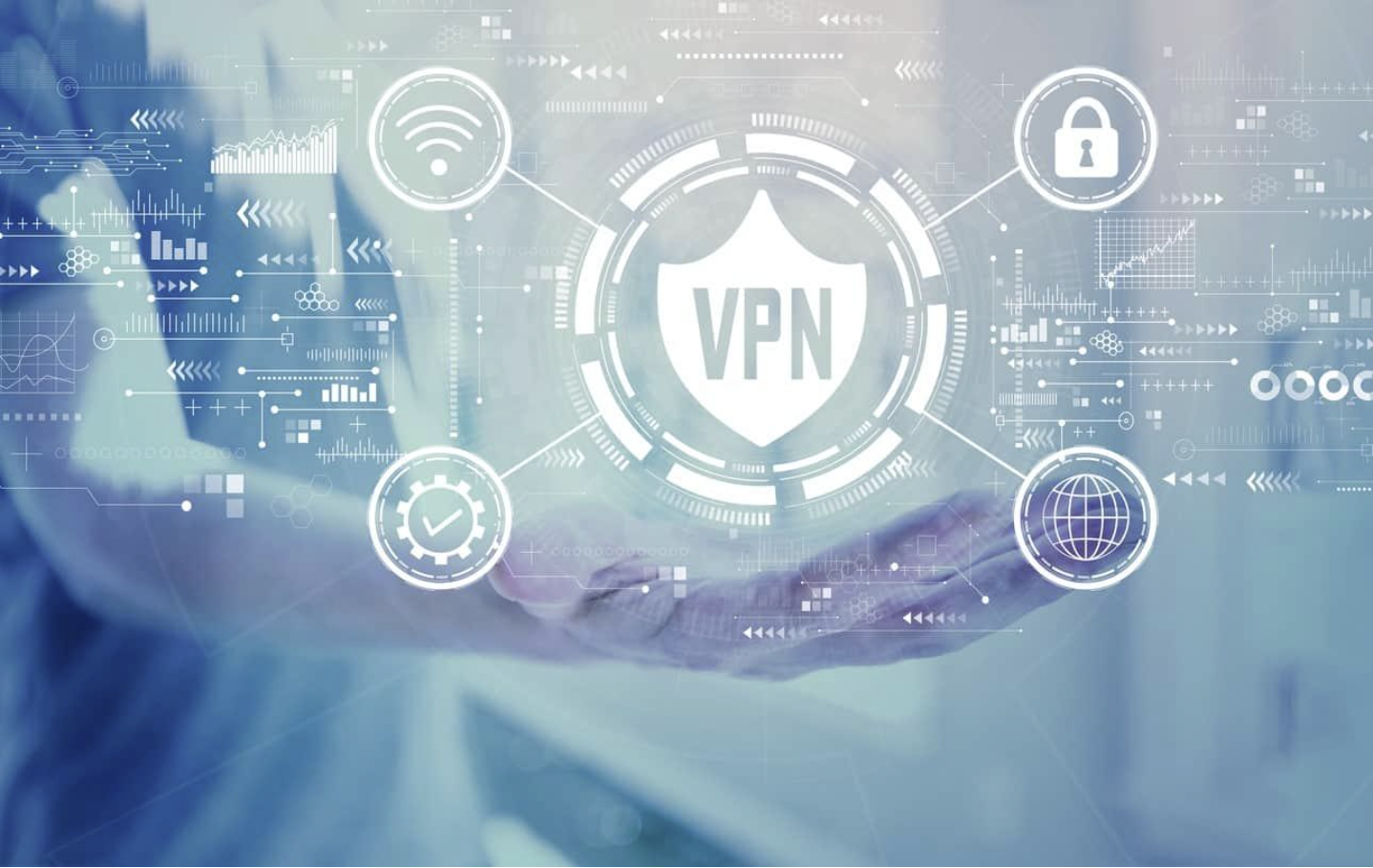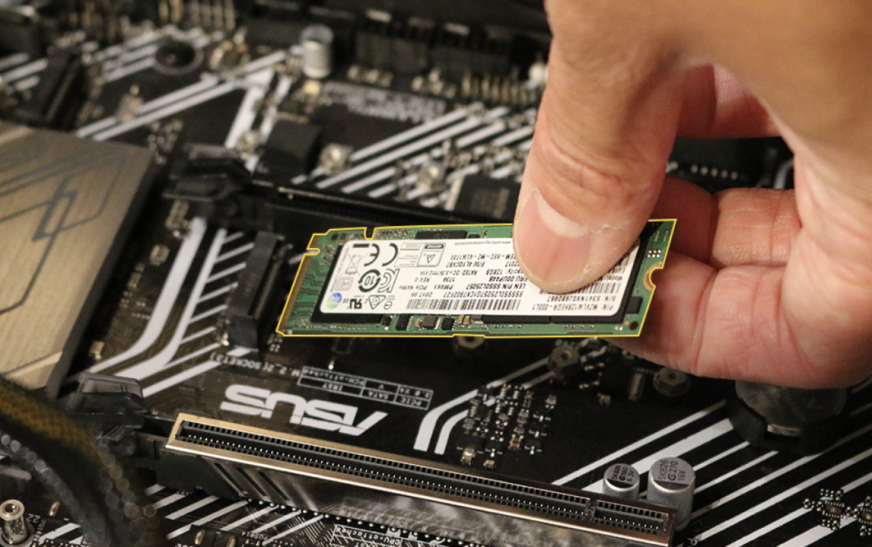
Network Security Essentials: Safeguarding Your Data
In today’s connected world, network security has become a critical concern for businesses, which depend on secure networks to operate effectively. As cyber threats continue to grow more sophisticated, safeguarding sensitive data from unauthorized access, breaches, and malicious attacks is more important than ever. This guide will explore the core principles of network security and share strategies to help you protect your data.
Understanding Network Security
Network security is all about implementing a variety of technologies, processes, and policies to safeguard networks, their infrastructure, and the data that travels through them from unauthorized access, manipulation, or disruption. By using multiple layers of security defenses, we ensure that the confidentiality, integrity, and availability of data are maintained.
Common Network Security Threats
- Malware: Malicious software, such as viruses, worms, Trojans, and ransomware, can infect systems, steal information, and cause widespread disruption.
- Phishing: Phishing attacks trick users into revealing sensitive details like login credentials or financial information by pretending to be trustworthy sources. These often occur through emails or fake websites.
- Denial of Service (DoS) Attacks: DoS attacks overload a network or system with excessive traffic, making it impossible for legitimate users to access resources.
- Insider Threats: Employees or other trusted individuals, whether intentional or accidental, can compromise sensitive information or systems, posing significant risks to network security.
Key Elements of Network Security
- Firewalls: Firewalls act as a protective barrier between a trusted internal network and untrusted external networks. They monitor incoming and outgoing traffic based on predefined security rules to block unauthorized access.
- Intrusion Detection Systems (IDS) and Intrusion Prevention Systems (IPS): IDS monitors network traffic for suspicious activities, while IPS actively prevents or mitigates potential threats.
- Virtual Private Network (VPN): A VPN encrypts internet connections, allowing remote users to access network resources securely, even over public Wi-Fi, ensuring data privacy.
- Encryption: Encryption transforms data into an unreadable format, making it inaccessible to unauthorized parties. End-to-end encryption ensures secure data transmission from sender to recipient.
- Access Control: This includes policies like authentication and authorization to ensure only authorized users can access specific network resources based on their roles or permissions.
- Patch Management: Regular updates and patches for software and hardware vulnerabilities help protect systems from cyberattacks that exploit known weaknesses.
- Security Awareness Training: Educating employees about safe online practices—like using strong passwords and recognizing phishing attempts—is essential for preventing breaches caused by human error.
Best Practices for Stronger Network Security
- Defense-in-Depth: Use multiple layers of security, combining various technologies and processes, to better protect your network from evolving threats.
- Security Audits and Assessments: Conducting regular audits and security assessments helps identify vulnerabilities and gaps, enabling organizations to proactively address potential risks.
- Secure Configuration Management: Configuring network devices and software according to security best practices reduces the risk of attacks and minimizes the surface area for potential exploits.
- Incident Response and Disaster Recovery: Having clear plans for responding to security incidents and recovering from breaches ensures quick action to minimize damage and restore normal operations.
- Network Traffic Monitoring: Continuous monitoring allows for quick detection of potential security threats, enabling real-time responses to reduce the chances of an attack succeeding.
- Collaboration with Security Vendors and Communities: Working with trusted security vendors and cybersecurity communities helps share insights, gather intelligence, and adopt the latest security technologies.
- Data Backup and Recovery: Regularly backing up important data and having recovery processes in place ensures that, in the event of an attack or failure, your business can quickly recover.
- Network Segmentation: Dividing the network into smaller, more manageable segments can prevent the spread of an attack, contain breaches, and give you greater control over sensitive areas.
- Threat Intelligence: Integrating threat intelligence into security operations helps organizations stay ahead of emerging threats and react swiftly to prevent attacks.
Conclusion
In conclusion, network security is a vital part of any modern business, especially with the rise in sophisticated cyber threats. By understanding common risks, implementing the right security tools, following best practices, and fostering a security-conscious culture, businesses can protect their data, maintain their reputation, and ensure continuity. Investing in strong network security not only reduces cyber risks but also strengthens your organization’s long-term success and resilience in today’s digital world.













